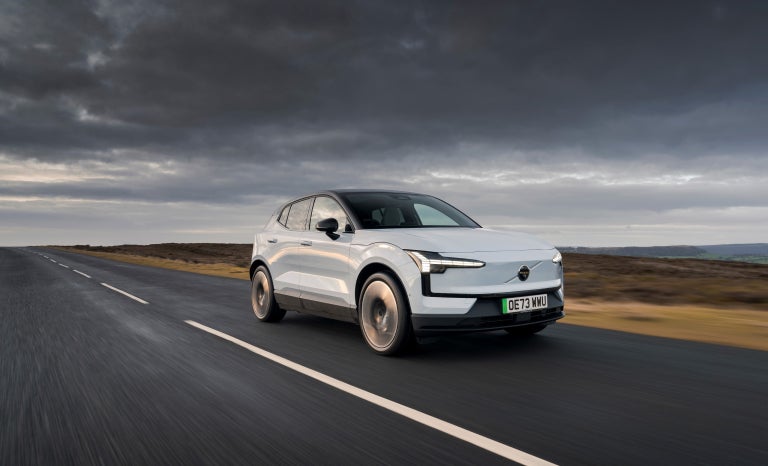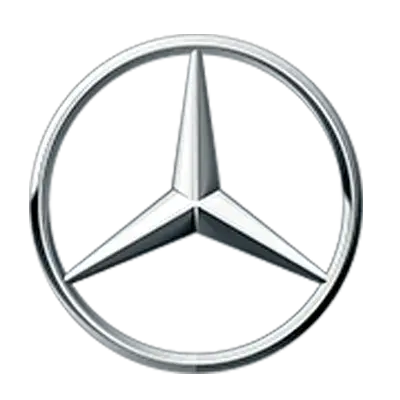Latest Reviews
Skoda Kodiaq Review 2024
Still one of the best family SUVsVolkswagen Passat Estate Review 2024
A great family-friendly estateJeep Avenger e-Hybrid Review 2024
An affordable, efficient and stylish urban runaboutBMW 5 Series Review 2024
Desirable executive car that's loaded with techRenault Scenic E-Tech Review 2024
Practical electric SUV with impressive rangeSkoda Superb Estate Review 2024
One of the best estate cars you can buyAudi Q6 e-tron Prototype Review 2024
Impressive long-range electric SUVAlfa Romeo Stelvio Review 2024
Stylish compact SUV from ItalyAlfa Romeo Giulia Review 2024
Great to drive, costly ownership




















































































